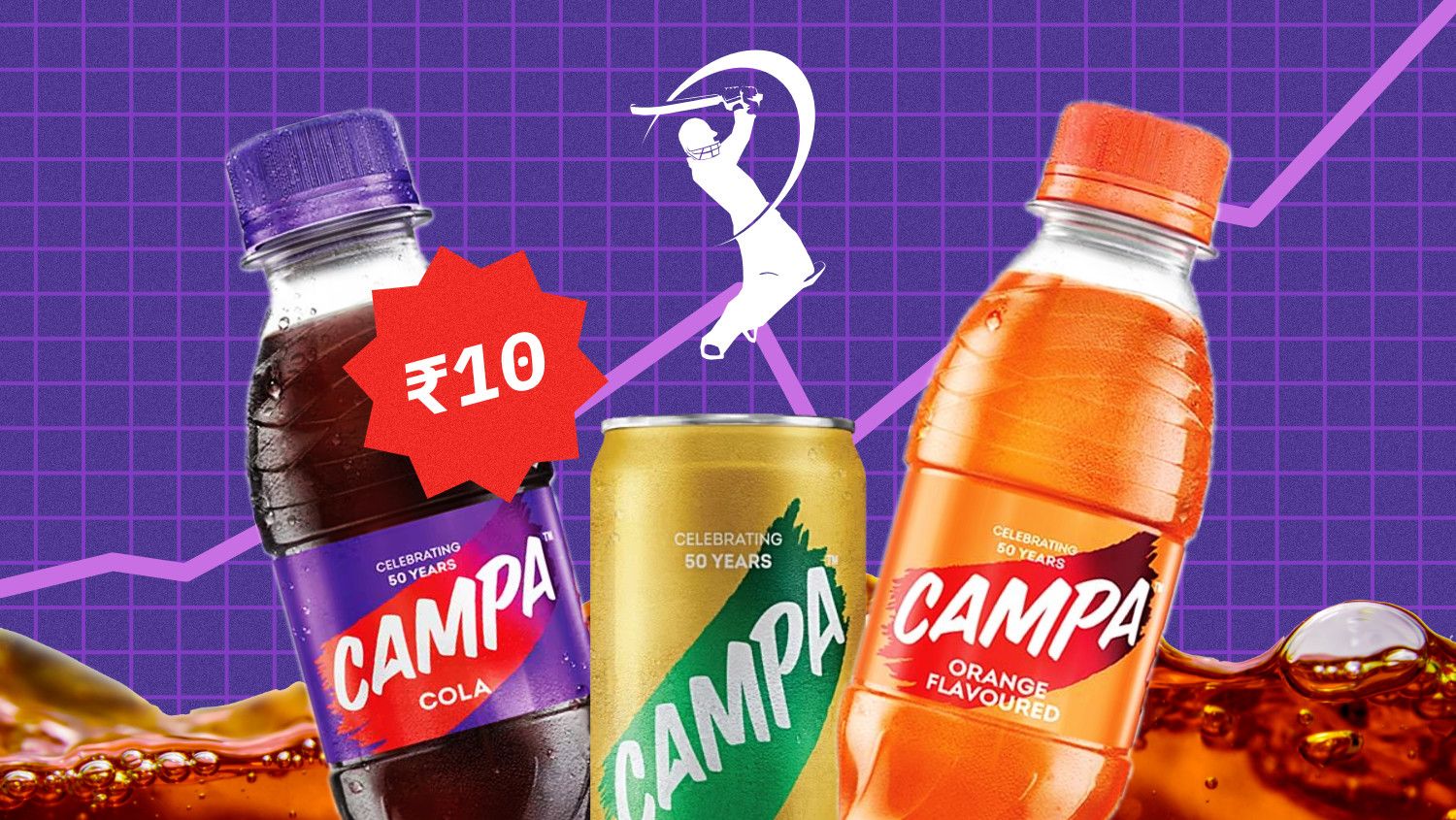Spaghetti-Os Pie: Why Gross Viral Food Videos Are Common
Alexandra Plakias, a philosophy professor at Hamilton Faculty who research foods, disgust, and ethical judgment, watched some of these video clips at my request (my apologies to her). She determined a attainable clarification for why the recipes bore them selves into our brains: They are minimally counterintuitive thoughts. “You acquire a thing that is acquainted, but then you set just ample of a twist on it to subvert expectations,” Plakias explained to me. “Minimally counterintuitive concepts are maximally unforgettable.” This strategy was designed by the cognitive anthropologist Pascal Boyer to make perception of which kinds of religious thoughts stick—a god with a human visage, for occasion. On social media, people today typically now comprehend the conventions of the quick cooking video—that is, right up until everything goes remaining, and the canned pasta goes into the pie crust.
Why we seek out these gross foods experiences in the first area is less obvious. Disgust, Plakias claimed, isn’t as nicely comprehended as other negative emotions that individuals pursue voluntarily, like panic, discomfort, or unhappiness. People thoughts can confer some physiological benefit—an adrenaline rush, a feeling of euphoria, a very good cry—when professional in secure, managed conditions, such as using a roller coaster, getting a tattoo, or viewing a unfortunate motion picture. Disgust, on the other hand, is typically an emotion that is practical in real-earth scenarios, the place it aids folks steer clear of issues that may well make them unwell. There is minor enjoyment in emotion like you are about to barf.
Plakias thinks that the greatest rationalization lies not in our personalized reactions to gross recipes, but in our social reactions. For a lot of persons, it is not enough that they enjoy, aghast. They also have to smash that RT, because disgust can perform as a effective identification marker—in this scenario, by serving to individuals to define what they’re not. “We co-choose this sort of disgust reaction to implement social norms and ethical norms,” Plakias told me. “Our judgments about which food items are disgusting are quite arbitrary and are generally culturally established.” Most Americans, for an example, really don’t eat bugs, though bugs are a healthy and sustainable protein supply included into food in considerably of the environment. On the other hand, we do largely eat dairy products, which are type of gross if you think about them for too lengthy.
What ever the boundaries, these anticipations about what is and is not eaten fortify our shared fact. When a recipe goes viral for violating the aesthetic norms of some subset of the net population—too greasy, too creamy, way too mushy, much too bland—the response to it usually mirrors a thing Plakias has watched her young son do with his mates: Gleefully declare a little something to be gross in between peals of laughter, buoyed by a small sign that they all understand the planet in the identical way.







